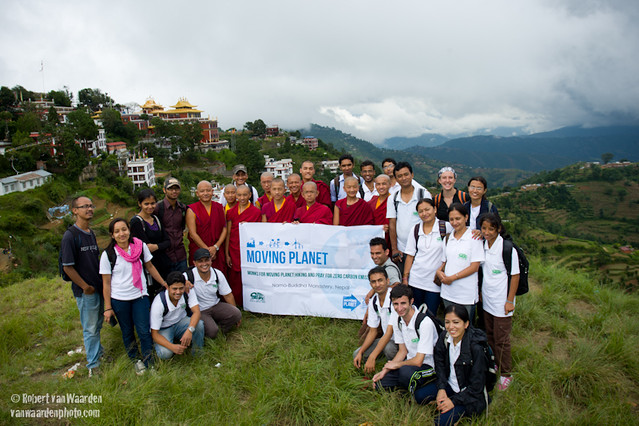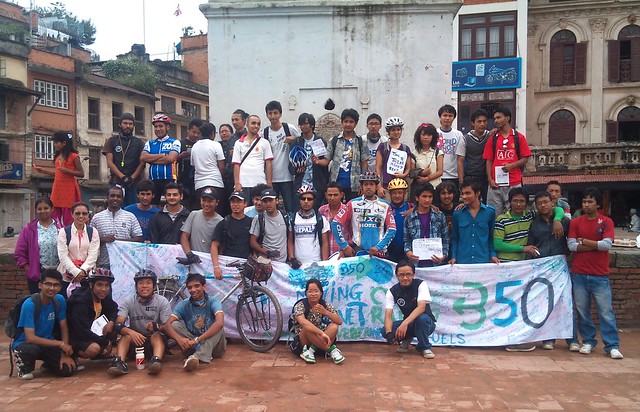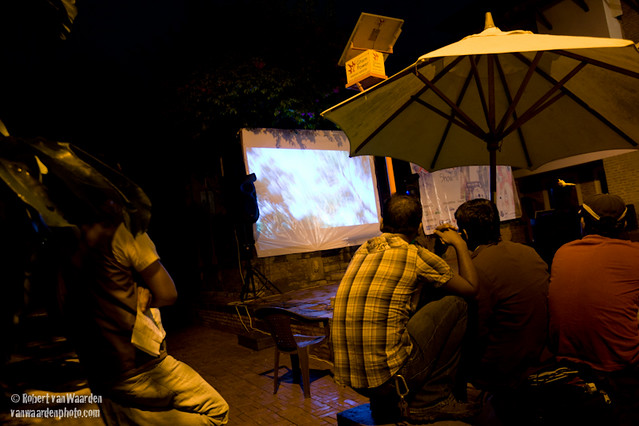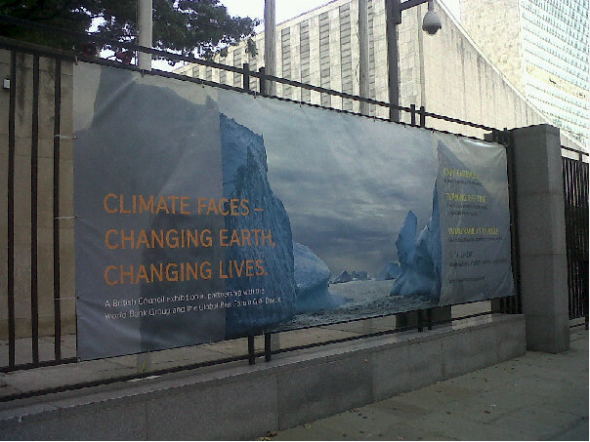This post originally appeared on the EWEA website. It is a part of my Force series focusing on the stories behind wind energy.
The shadows are still long on the freshly fallen snow when Krzysztof Pietrzak starts out on his daily walk. Spring is in the air here in Goscino, Poland, and during the next few hours Krzysztof will walk 10 km with his dog Ciapa (‘clumsy’). Krzysztof is an ornithologist. Everyday he follows the same route, monitoring the bird and bat activity at the wind farm near Goscino. His primary job is to determine the mortality rates of birds and bats in relation to the turbines. And Ciapa, despite her playful and clumsy character, is a trained professional particularly good at finding bats.
Inevitably one of the first questions Krzysztof receives is; how many birds or bats have these turbines killed?
“In the first few months of working here, I killed more birds with my car driving to the site, than I discovered killed by the turbines.” he responds. The official statistics of this ten turbine farm is eight – 16 birds per year, around one bird per turbine each year. He attributes this to the location of these turbines. They are away from the edges of the forest, marshes, swamps or rivers; places that birds frequent. “Cars, trains, electrical fences, triangular electrical poles; all these things kill more birds then wind turbines.” says Krzysztof.
Krzysztof began working with birds at the age of 15, volunteering for local NGOs in Poland. He credits his love of birds and the natural world to his childhood. His mother taught him sensitivity to the environment and he proudly says that his first steps were taken in the forest. He holds a degree in biology with a specialisation in ornithology, and is further educated in agriculture and physiotherapy.
The growing wind energy industry has been a boon for ornithologists. An unemployed ornithologist is difficult to find in Poland now, quite a shift from a few years ago when there were very few paid opportunities for people in this profession.
“It’s not a job for everyone, it is a lifestyle,” says Krzysztof. “My friend is my dog, the job keeps me fit and I haven’t been sick in years. The most difficult part is the weather. But, I think that I can call myself a happy person, which isn’t very common in Poland.”
Krzysztof spends every day walking under turbines so what does he actually think about them? He says he likes them. However, he insists that it is important to engage an ornithologist early in the planning process to avoid headaches later.
For Krzysztof a larger concern with wind farms is the potential impact on bird migration pathways. It is easy for a flock to go around one farm, but on a long flight from northern Europe to Africa, the amount of wind farms to be avoided is much greater. Typically a migratory flight takes a lot of energy so birds arrive very tired. The addition of what could amount to hundreds of extra kilometres over the whole route could cause problems. Krzysztof admits that studying this issue would be very difficult and so right now it remains only his theory.
The length of the study on birds at the Goscino wind farm is ten years. This means Krzysztof finds himself in the enviable position of having a secure job due to wind energy. He loves it. Walking under the turbines gives him time to think and he dreams of one day canoeing the Yukon River in Canada and joining the Polish Antarctic stations. But, until he makes it to those far-off places, he can be found on his walk under the turbines with his friend, Ciapa, bounding along happily beside him.










